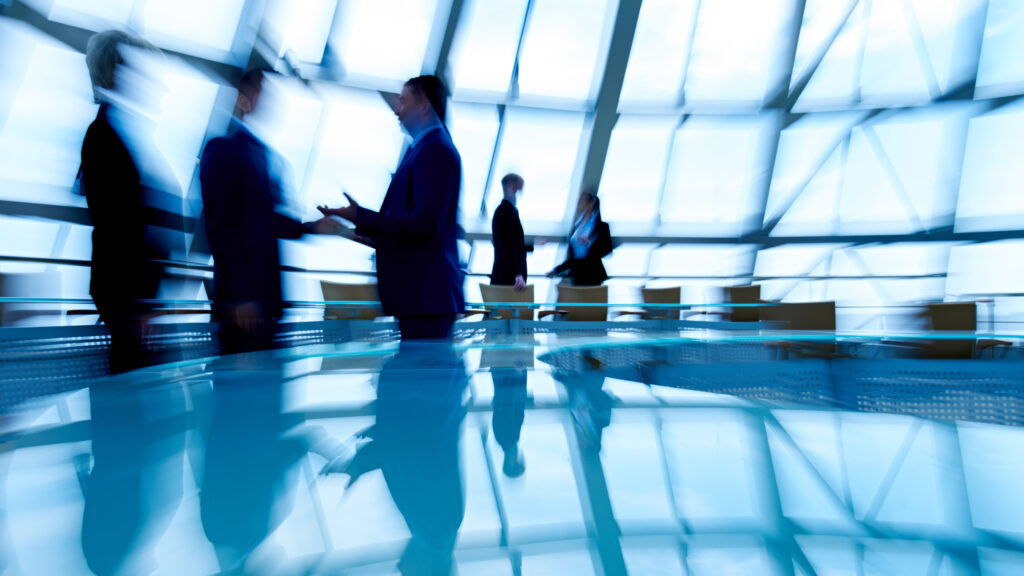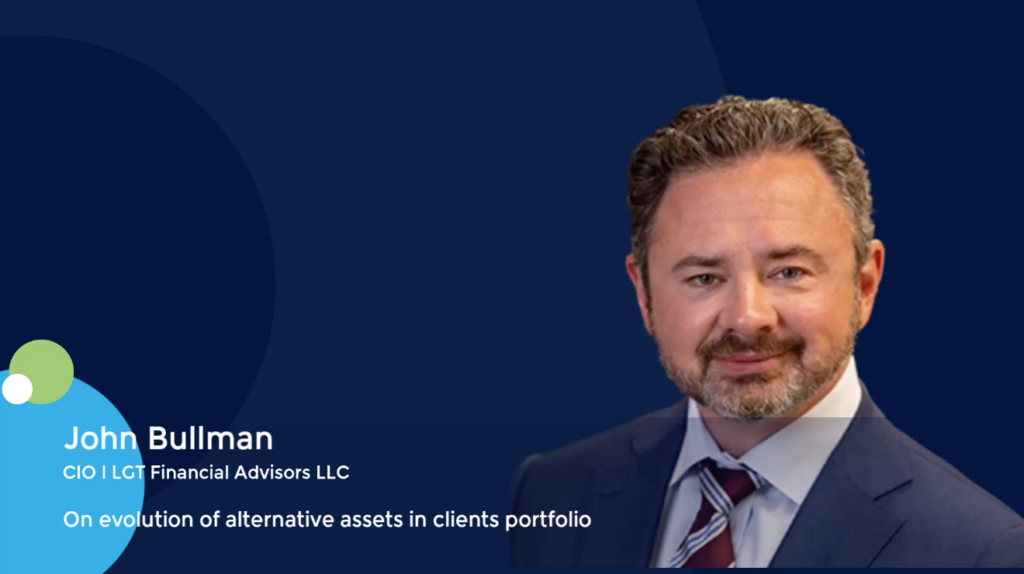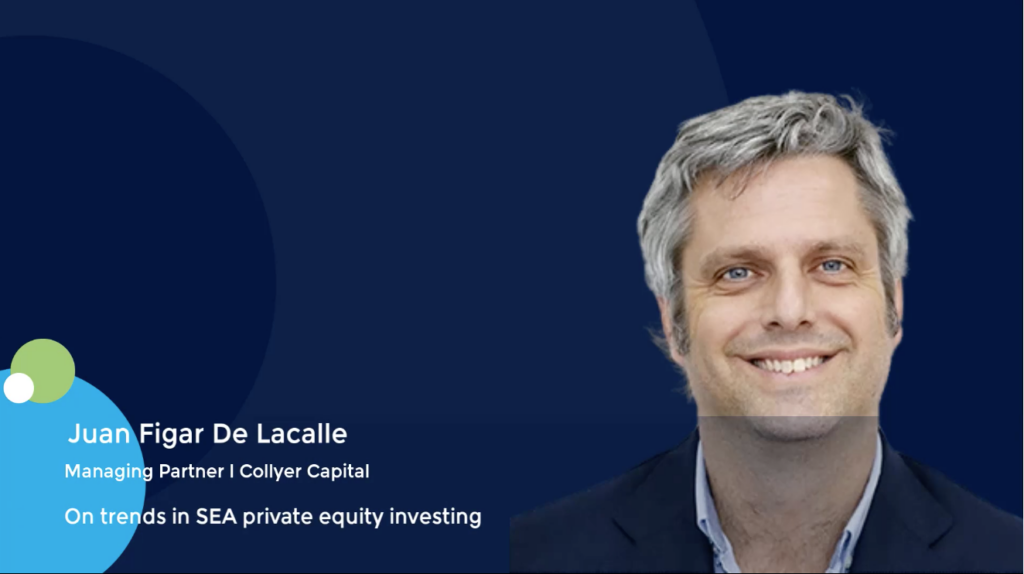Deal focus: Templewater’s decarbonisation strategy bets heavily on hydrogen
The Hong Kong investor, which joined BP as co-lead in a USD 111m round for Australian industrials-focused hydrogen company Hysata, believes the technology will become mainstream by 2030
Templewater, a Hong Kong-based investor that spun out from Investec Group’s principal investments division in 2018, has been developing a hydrogen strategy since 2020, when it acquired Hong Kong’s Citybus franchise in an approximately HKD 3.2bn (USD 410m) deal.
The bus fleet operator’s heavy payloads, long service hours, and high energy requirements – routes are hilly, and coaches are air conditioned – was seen as a neat fit for hydrogen, which can be competitive with diesel in terms of performance. As of last July, it had partnered with local utility Towngas to source fuel cell-graded hydrogen for an experimental rollout.
Templewater’s first two investments specifically targeting the hydrogen space therefore played the mobility angle. In 2022, the firm provided a Series A round to Chinese zero-emissions commercial vehicles player Wisdom Motor, taking a majority shareholding. Last year, it backed US-based Universal Hydrogen, an aviation and fuel logistics specialist.
A third deal came earlier this month, with Templewater co-leading a USD 111.3m Series B round alongside BP Ventures for Australian hydrogen technology developer Hysata. They were joined by the overseas arm of Korea’s IMM Investment, Shinhan Financial Group, Virescent Ventures, BlueScopeX, Oman Investment Authority, Hostplus, and TelstraSuper.
“We formed a strong view that with hydrogen, we can address, on the transportation side, uses-cases that battery electric couldn’t. From there, we built out the thesis,” said Alfred Wong, a partner at Templewater, describing Hysata as part of an effort to invest further upstream in the hydrogen value chain.
“The real chokepoint in terms of economics is where do we find low-cost hydrogen. Where are these molecules going to come from in the future? Having a technology provider that is able to produce hydrogen at very low cost checks that box.”
Molecule splitter
Hysata is not a hydrogen producer per se but a maker of advanced electrolysers, the machines used to create “green hydrogen” by splitting water molecules with renewable-generated electricity.
The company claims to create the most efficient, simple, and reliable electrolysers globally. These are modular 5-megawatt units that can each fit into a 40-foot shipping container. They are designed to be easily mass-manufactured and clicked together like Lego blocks in the field.
Hysata recognises the viability of using hydrogen to power heavy-duty transportation but focuses on a customer base in hard-to-electrify industrial processes such as chemicals and steel production. In these applications, green hydrogen is more feedstock than fuel but can still contribute massively to reducing emissions.
CEO Paul Barrett said Hysata’s electrolysers have already met the 2050 efficiency targets set by the International Renewable Energy Agency (IRENA) and that the scaling process has already been technically de-risked. An 8,500-square-metre factory is in place; the fresh capital will be used to build out the first commercial manufacturing line therein.
“Right before the Series B, we published the science behind our technology, and the phone has not stopped ringing. I’ve got dozens of global blue-chip large balance sheet customers who want our technology to decarbonise their operations,” Barrett said. “That’s enabled us to bring together this round.”
Some of those customers are also investors. Indeed, Barrett has modelled Hysata on Danish wind turbine maker Vestas, which backed the USD 30m Series A in 2022 and re-upped in the Series B. Vestas is the largest supplier of its kind globally, basing operations in Aarhus, an industrial city in western Denmark. Hysata aims to do the same in Wollongong, a similar city 85km south of Sydney.
Strategic series B backers also include Korean steelmaking giant Posco and Twin Towers Ventures, an arm of Malaysia energy major Petronas. For its part, BP said it would provide hands-on support as well as access to infrastructure across its broader network.
“The cost-effective and at-scale development of green hydrogen forms a key part of BP’s transition to an integrated energy company and is an important aspect of one of our ‘transition growth engines,’ hydrogen,” said Gareth Burns, a vice president at BP Ventures.
“As the technology scales and becomes increasingly commercially applicable, having a diversified portfolio of electrolysis technologies, scales and applications to meet broad commercial needs, will provide a significant advantage and could help to accelerate uptake, lower the levelized cost of hydrogen and reduce carbon emissions, unlocking the next phase of the energy transition.”
Industrial validation also gave comfort to a broader range of financial investors. Templewater, for example, emphasised that despite the deep tech leanings of its hydrogen thesis, it is not in the business of backing unproven technologies.
Transition technologies
Templewater is investing via its inaugural decarbonisation fund, which launched last year with a target of USD 300m and aims to hit a series of rolling closes through 2025. A second close of around USD 150m is expected in the second half of 2024, according to AVCJ’s sister publication Infralogic.
The fund will invest across hydrogen, energy storage, and carbon capture and utilisation technologies that are ready for commercialisation. Hysata is the fund’s third deal, following Wisdom Motor and Universal Hydrogen. Wong said the focus on emerging technologies was a key differentiator in a field of more straightforward renewables-focused impact managers.
“There are a lot of large fund managers that are focusing on real assets and infrastructure. This gives us an edge,” he said. “My view is they both need to coexist. Without a focus on investing in technology, the whole trajectory of clean energy doesn’t grow.”
Furthermore, there is an argument to be made that hydrogen players such as Hysata can achieve greater impact-per-dollar than the incremental addition of wind and solar capacity.
To make this point, Barrett evokes the government’s Future Made in Australia initiative, which is mobilising AUD 22.7bn (USD 15.1bn) to make the country a global renewable energy superpower but will not stop the emissions pouring out of Asian steel mills fed by Australian iron ore.
The idea is that these iron ore exports represent embedded scope-three emissions, the indirect emissions generated across a product’s supply chain. When the iron is melted in coal-fired blast furnaces to remove oxygen, it reacts with carbon to create CO2 emissions. When green hydrogen is used to remove the oxygen prior to the steelmaking process, only water vapor is produced.
“We’re going to be taking Australian renewables and Australian electrolysers and making green hydrogen on shore, creating green iron. It’s going to look the same as iron ore, and we’re going to ship it on the same ships, but we’re going to take out 90% of the emissions,” Barrett explained.
“We’re going to send that to our customers globally, mainly our Asian trading partners, so they can make largely emissions-free steel. That, to me, is a future made in Australia.”











